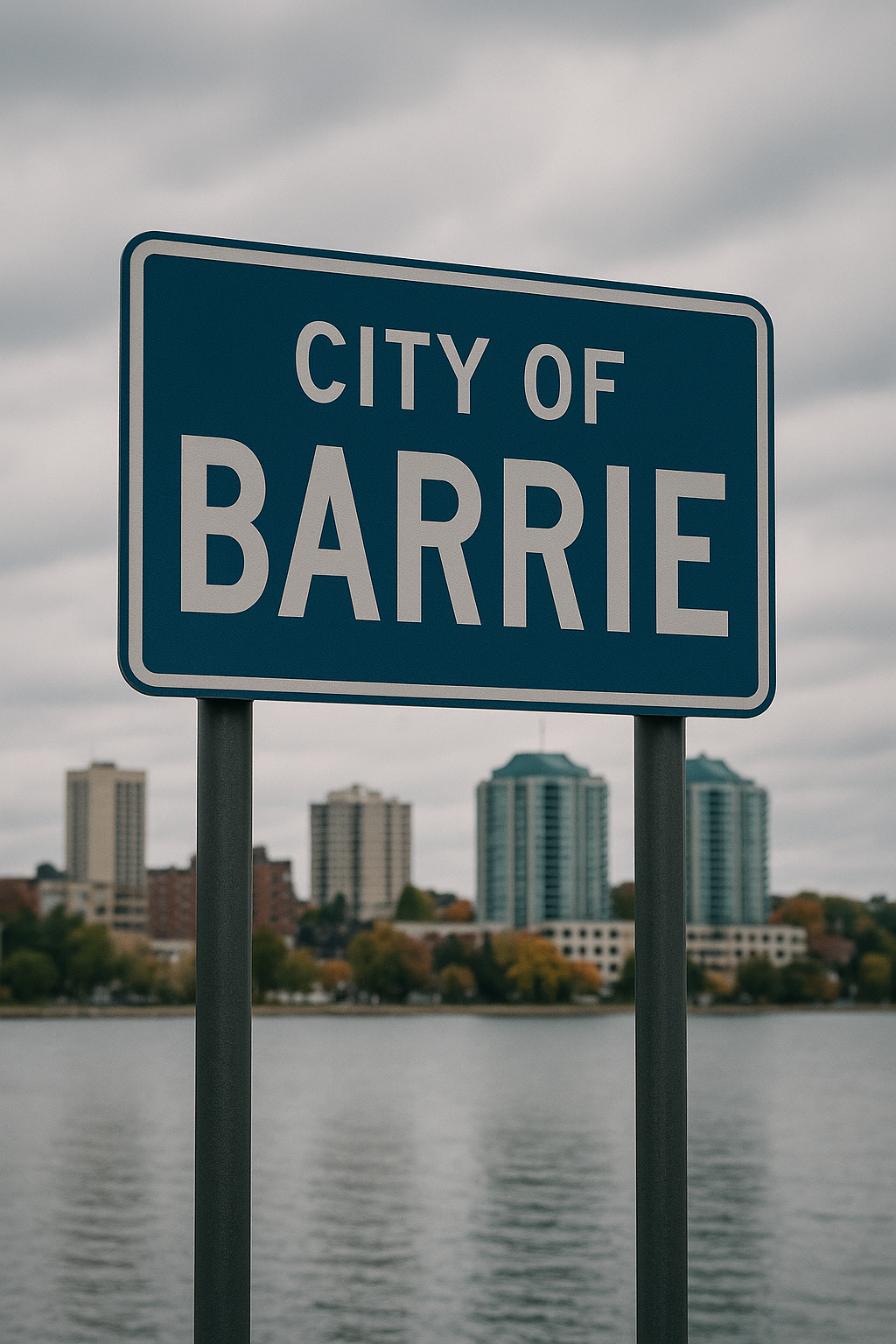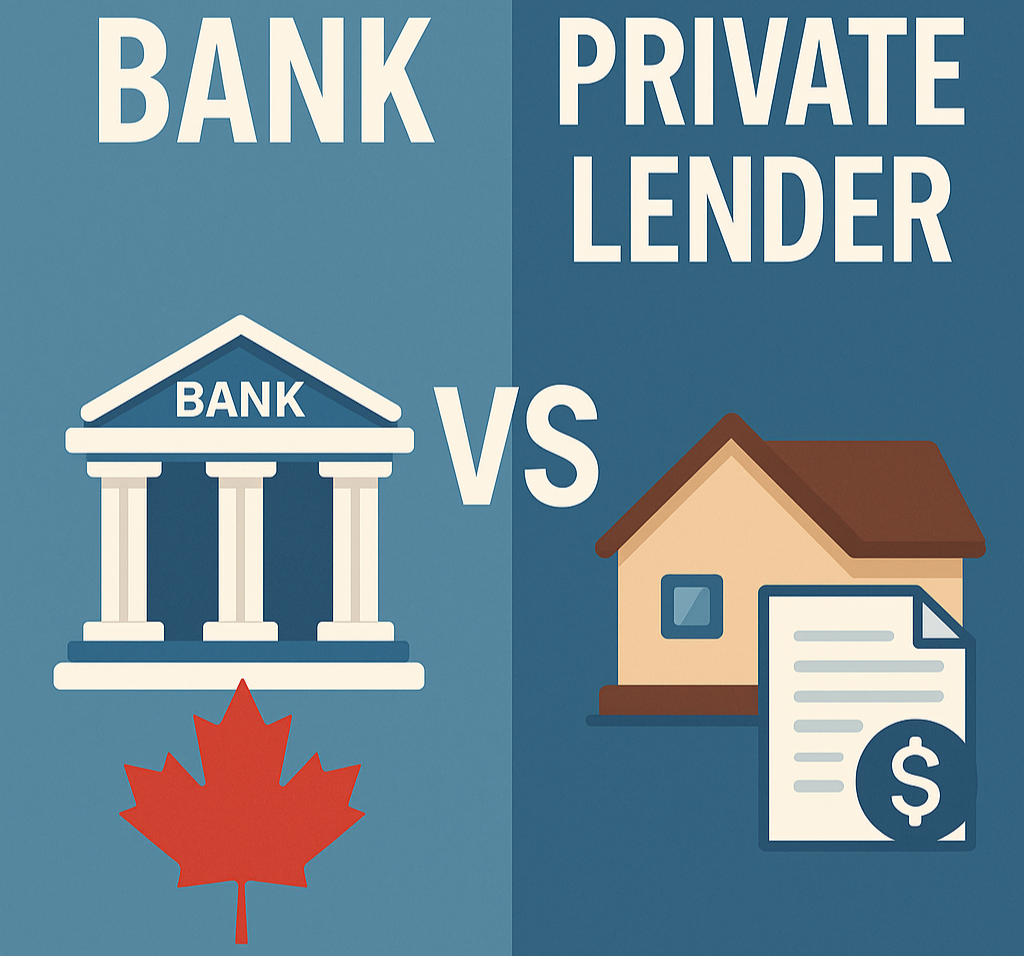Foreclosure in Ontario isn’t just a distant legal concept—it’s a harsh reality that many Canadian homeowners face. Whether it’s due to a job loss, unexpected medical bills, or rapidly rising expenses, falling behind on mortgage payments can quickly spiral into something serious. And while the word “foreclosure” is often used, in Ontario, it’s the power of sale that’s more common.
Understanding the risks, timelines, and options available can be the difference between saving your home and losing it. At LendToday, we specialize in helping high-risk homeowners in Ontario explore solutions, including home equity loans and private mortgages, to avoid foreclosure and get back on track.
Table of Contents
ToggleUnderstanding Foreclosure in Ontario
What Is Foreclosure and How Does It Work in Ontario?
Foreclosure is the legal process where a lender attempts to recover the balance of a loan from a borrower who has stopped making payments. In Ontario, the power of sale is more commonly used instead of foreclosure, as it allows lenders to sell the property faster without going through a lengthy court process.
Typically, a lender can begin foreclosure proceedings after the homeowner is 90 days in default, but timelines can vary. Once triggered, the lender may issue a Notice of Sale under the power of sale clause in the mortgage agreement.
Power of Sale Explained
Power of sale means the lender can sell the home to recover their loan without court involvement. While this may sound less severe than foreclosure, the outcome is the same—you lose your home. The lender is obligated to sell at market value and must refund any surplus to the homeowner, but the process can happen quickly.
Signs You’re at Risk of Foreclosure
Missed Mortgage Payments
Missing a mortgage payment or two might not seem critical, but it’s a major warning sign. Most lenders will act after 2–3 missed payments (90 days), adding late fees and reporting to credit bureaus. The longer you delay, the fewer options you have.
Property Tax Arrears & CRA Debt
If you’re behind on municipal property taxes, the city can place a lien on your property. After two years of unpaid taxes, your home can be sold through a tax sale, regardless of mortgage status. CRA debts can also lead to garnishments or liens.
Poor Credit or High-Risk Borrowing
A bruised credit score (below 600) or an unstable income make it difficult to get refinancing from traditional banks. High-risk borrowers often turn to alternative mortgage and home equity loan lenders to stabilize their finances and avoid losing their homes.
Legal Process of Foreclosure in Ontario
Notice of Sale & Statement of Claim
The lender will serve a Notice of Sale, giving you a redemption period to bring your payments current. If ignored, the lender may file a Statement of Claim to take possession or force the sale of the property.
Eviction & Property Sale
If the borrower does not resolve the debt or negotiate terms, the property can be sold. In a power of sale, this can happen in as little as 35–45 days. You’ll receive an eviction notice, and if no action is taken, the lender can evict you and sell the home.
While a power of sale means the homeowner may receive any surplus funds after the debt, legal costs, and penalties are paid off, the financial toll can still be significant. You may face unexpected expenses such as relocation costs, moving services, utility reconnections, and security deposits for a rental. Additionally, the emotional stress and disruption to your family life can be substantial.
Because the property is being sold under pressure, it may not fetch full market value, especially if repairs or staging aren’t done, which means you may walk away with less equity than expected. Acting quickly before the sale is finalized is crucial to preserving as much of your financial position and personal stability as possible.
Role of Lawyers & Courts
While power of sale doesn’t require court approval, borrowers are advised to consult legal help. A lawyer can help delay proceedings or negotiate with the lender.
In the rare instance that a lender proceeds with judicial foreclosure instead of a power of sale, the process is much longer and more complex. Judicial foreclosure involves filing a claim in court and can take 6 to 12 months or longer, depending on the case and backlog in the court system. It may also result in the lender taking legal title to the home instead of selling it. This method is more common in provinces like Alberta or British Columbia, but can still occur in Ontario under specific circumstances.
By contrast, the power of sale typically proceeds on a faster timeline. Once the redemption period ends (usually 35 days from the Notice of Sale), the lender can list and sell the home with no court intervention—often finalizing the process within 2 to 3 months from start to finish.
Because of these variations, seeking legal advice early can help you better understand your rights and options based on the type of proceeding your lender initiates.
Foreclosure Alternatives & High-Risk Mortgage Options
Home Equity Loans
Home equity loans allow Ontario homeowners to borrow against the built-up equity in their property. These loans provide a lump sum of money that can be used to cover missed mortgage payments, pay off property tax arrears, or settle other debts that are putting their home at risk. One key benefit is that a home equity loan lets you retain your existing mortgage while leveraging available equity—this makes it an effective solution when fast access to funds is needed.
Second Mortgages
A second mortgage is another financing tool that uses the equity in your home without interfering with your current mortgage. It is placed behind the first mortgage on the title of the property and can be used to cover large expenses like mortgage arrears, CRA debts, or legal fees related to the foreclosure process. Second mortgages are ideal for homeowners who need to act quickly but want to maintain their current mortgage terms. They are typically short-term and interest-only, making monthly payments manageable during financial recovery.
Private Lenders in Ontario
Private lenders play a critical role in assisting high-risk homeowners. Unlike banks or credit unions, private lenders focus on the property’s equity rather than the borrower’s credit score or income history. This makes them a suitable option for borrowers who have been declined by traditional institutions. While interest rates with private lenders are generally higher, they offer a fast, accessible path to avoid foreclosure and stop power of sale proceedings. Private lending is most effective when paired with a long-term plan to rebuild credit and eventually refinance with a traditional lender.
Debt Consolidation Through Equity
Debt consolidation through a home equity loan or second mortgage enables homeowners to combine multiple debts—such as credit card balances, car loans, tax arrears, and personal loans—into one manageable monthly payment. This can reduce overall interest costs and simplify household budgeting. For those falling behind on multiple payments, consolidating debt through home equity can improve cash flow and reduce the chances of entering foreclosure again in the future.
Example: Avoiding Foreclosure with a Home Equity Loan
Michelle from London, Ontario
Michelle, a homeowner in London, fell behind by $45,000 due to job loss and a medical emergency. With three months of missed payments and property tax arrears, her bank issued a Notice of Sale.
She contacted LendToday and was approved for a home equity loan. This allowed her to access the equity in her home while keeping her existing mortgage unchanged. The funds were used to pay off her arrears and cover necessary roof repairs, helping her avoid foreclosure and stabilize her financial future.
How LendToday Helps Homeowners in Distress
Fast Approvals
Our process is simple—apply online, and we’ll assess your equity and situation quickly. Many homeowners receive approvals within 48 hours and funding shortly after.
We work with urgency because we know foreclosure timelines move fast. If your lender has issued a Notice of Sale, we can help review your situation immediately to prevent further legal action and provide timely access to funds using your home’s equity.
High-Risk Solutions That Work
Whether you’re facing foreclosure, behind on property taxes, carrying consumer debt, or struggling with poor credit, we help you find alternative financing solutions that make sense. Our network includes private lenders, B lenders, and equity-focused partners that assess your home’s value, not just your credit score or income level. These options are designed for homeowners who need fast, flexible funding when traditional banks say no or just won’t help.
Personalized Support
We don’t just find you funding for your equity loan—we guide you through your options. Our team offers mortgage consultations, refinancing advice, and credit improvement strategies to set you up for long-term success. While your emergency may be met with a short-term solution, its important to plan for the long-term so that you have some direction on what you need to work towards.
Frequently Asked Questions
1. What is the foreclosure process in Ontario?
In Ontario, most lenders use power of sale, not foreclosure. After missed payments, you’ll receive a Notice of Sale. If no resolution is reached, the lender can sell your home.
2. How many missed payments before foreclosure in Ontario?
Usually after 2–3 missed payments (60–90 days), lenders may start legal proceedings.
3. Can I stop a foreclosure once it starts?
Yes. You can refinance, pay arrears in full, or use a home equity loan to bring the mortgage current.
4. What is a power of sale vs. foreclosure?
Power of sale allows the lender to sell the property without court involvement. Foreclosure is a longer, court-based process.
5. Can a private lender stop a foreclosure?
Yes. Private lenders often provide fast funding to pay arrears and prevent the sale.
6. Do second mortgage loans help with foreclosure?
Yes. They can be used to pay property tax arrears, large unsecured debts, and even catch up on mortgage payments.
7. How long does it take to lose your home in Ontario after a default?
If not addressed, power of sale proceedings can result in loss of the home in as little as 35–45 days after legal notice.
Final Thoughts: Take Action Before It’s Too Late
If you’re facing foreclosure in Ontario, don’t wait until you receive an eviction notice.
Taking a few practical steps early can help you regain control and protect your home:
- Speak with the law clerk or law firm that provided the legal notice. Ask if the mortgage can be brought into good standing or if it must be paid out in full. Get clarity on the total amount owed and the specific deadline.
- Explore every possible financial resource—including savings, investments, or help from family and friends—to determine how much you can contribute personally. Depending on the amount owing it might be easy to extract funds from your own personal resources.
- Connect with a mortgage broker experienced in foreclosure and power of sale scenarios in Ontario. Share your full story so they can present tailored financing options, including home equity loans or second mortgages.
LendToday offers fast, reliable mortgage solutions even if you’re considered high risk.
Learn More – Foreclosure in Ontario
- Foreclosure in Ontario: Insights and Powerful Remedies - April 22, 2025
- Home Improvement Loans and 5 Borrowing Options in Ontario - April 16, 2025
- Can You Get a Home Equity Line of Credit Without Refinancing – Smart Ways - April 9, 2025






